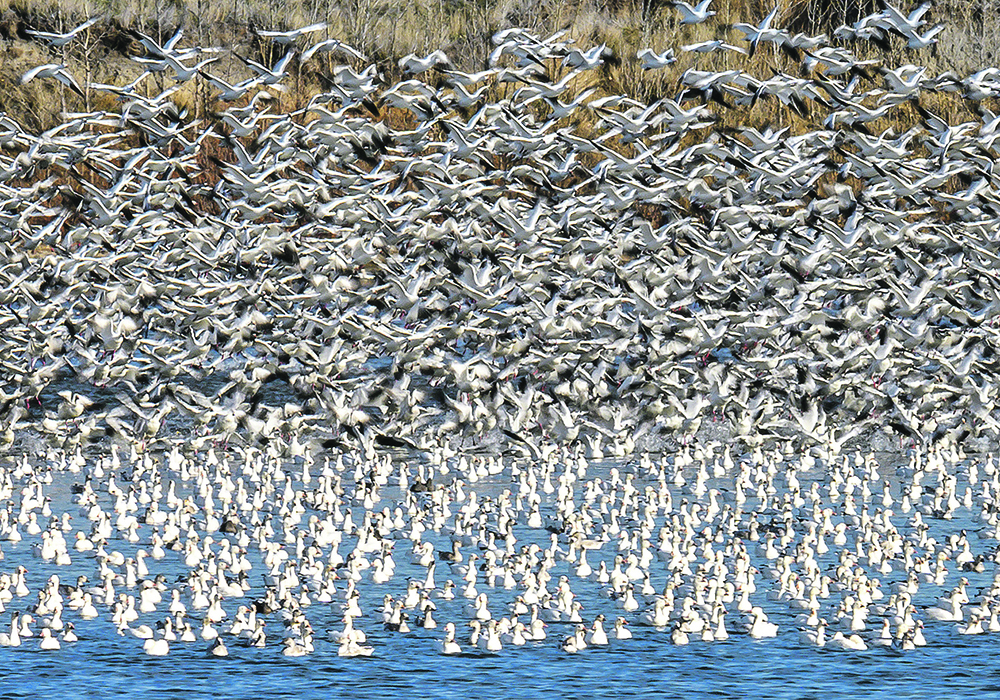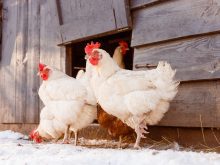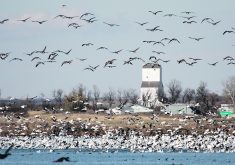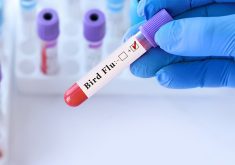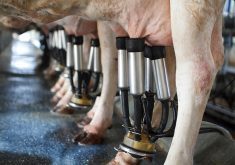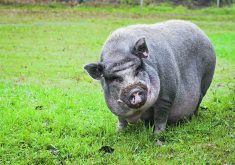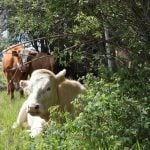Resistance to vaccinating commercial poultry is abating, but attempting such an endeavour could prove complicated
MEDICINE HAT — After a relatively calm spring, avian influenza has stormed back into a problem. This fall has seen the highly pathogenic virus hit southern British Columbia’s Fraser Valley hard with more than 50 farms affected, mostly commercial operations.
Outside of adhering to the latest biosecurity measures, there is no solution in sight over the near-term, said Shayan Sharif, University of Guelph researcher specializing in poultry.
“It’s coming close to being a disaster for Canada,” he said of the latest outbreak of avian influenza, which began in the spring of 2021. “Not just for Canada but the (United States). The losses are just piling up.”
Read Also

Using artificial intelligence in agriculture starts with the right data
Good data is critical as the agriculture sector increasingly adopts new AI technology to drive efficiency, sustainability and trust across all levels of the value chain.
Nearly 11 million birds have been euthanized in Canada since the initial outbreak began, affecting flocks in every province except for Prince Edward Island.
Half the infections are in B.C. Alberta places a distant second with slightly less than two million birds put down.
The resistance to vaccinating commercial poultry is abating but the complicated task of attempting such an endeavor comes with plenty of issues and risks, said Sharif.
“We’re just beginning to understand what those considerations will be in the future,” he said.
The European Union and the U.S poultry producers are beginning to look to vaccines.
“I see a lot of softening of the language used by WOAH (World Organization for Animal Health) and other animal health authorities. I can’t really say it’s going to be used on a mass scale this winter or next spring but I think it’s an eventuality you’re going to have to look at some form of vaccination for some types of poultry under certain circumstances,” Sharif said.
Some issues regarding vaccination stem from impacts to international trade but mostly are because of the highly pathogenic nature of the current strain of bird flu.
It is far more adaptable than COVID-19, and it can mutate at incredible rates, said Sharif.
That poses issues in seeking genetic solutions for resistance in birds.
Targeting vaccines to ducks and turkeys, breeder flocks over broilers or specific locations such as the Fraser Valley might be the best way forward if vaccines are adopted.
“There is still more work to do in terms of prioritization of the types of poultry and the production systems that would be more vulnerable and then using vaccination as more of a preventive measure or as an emergency measure if and when needed,” Sharif said.
Cara Prout, Alberta Turkey Producers executive director, said the outbreak is taking a toll on poultry producers in the province, some of whom are dealing with repeat instances.
A total of 18 flocks have been infected with avian influenza in Alberta since Oct. 12.
Prout stressed the biosecurity measures in place in the province appear to be working because there is no evidence of farm-to-farm transmission but the prevalence of migratory birds and the spread of the virus in the environment makes stemming avian influenza a daunting task.
“Biosecurity, biosecurity, biosecurity. That is what we say over and over again,” said Prout. “But it’s a real challenge when those wild birds are sitting on top of your barn or you are doing harvest and they are in the fields — it’s just a real challenge as there are a lot of vectors that can bring that virus into your barn. It’s not just people but if you have rodents around — it’s a real challenge.”
Prout said research has shown the virus has staying ability, even in colder temperatures.
“I don’t know what the solution is,” she said.
Saskatchewan has had five commercial operations and five non-commercial farms infected this fall and one commercial poultry farm in Manitoba affected.


